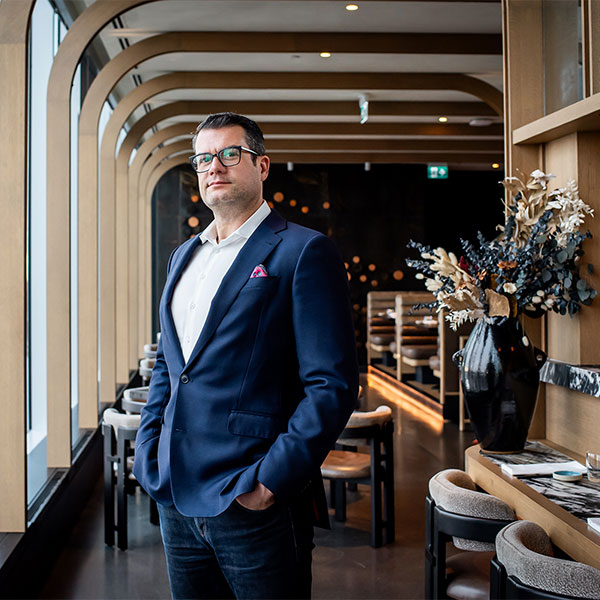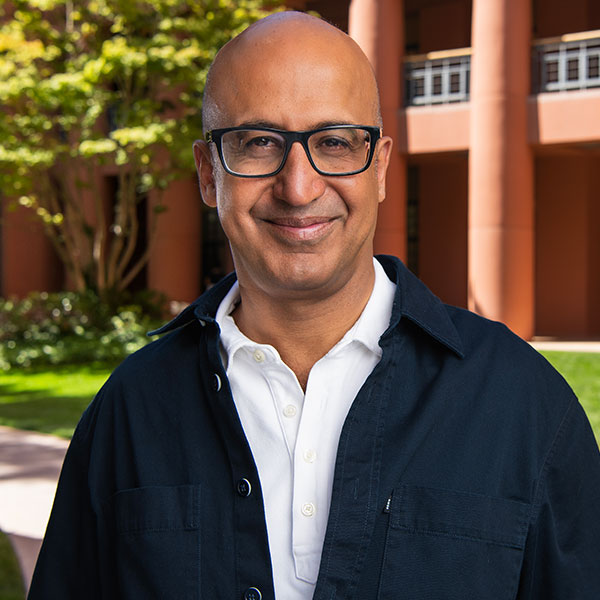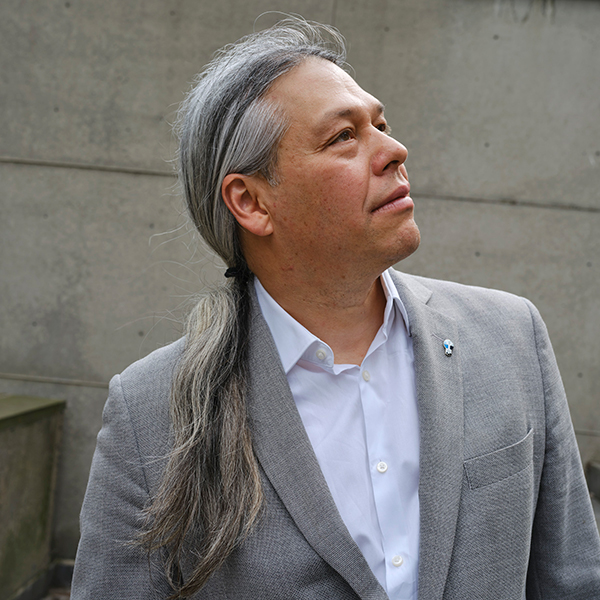The 50 researchers affiliated with the McGill-led Centre for Interdisciplinary Research on Montreal (CIRM) have a single goal in common. They want to know what makes their city tick.
“Together, we are trying to understand what makes Montreal,” says Pascal Brissette, a professor of French language and literature at McGill and the director of CIRM.
The CIRM team is busy exploring the things that make Montreal unique. Other cities might have had successes in certain areas that we’re interested in duplicating, but it isn’t a simple or straightforward process, says Brissette. “Borrowed formulas only work if we adapt them to who we are. In order to do that, we need to first understand who we are.”
CIRM is part of a growing trend among North American universities to use their research expertise to foster stronger links with their host cities. Other examples include Simon Fraser University’s CityStudio Vancouver and Ryerson University’s City Building Institute.
“It’s a nice occasion for McGill to fully express its identity not just as a university in Quebec, but as one that’s a part of Quebec,” says CIRM’s scientific coordinator Stéphan Gervais, BEd’94, MEd’97.
CIRM’s efforts recently received a substantial boost. At a November event attended by new Montreal mayor Valérie Plante, CIRM announced it had received $3.25 million in funding support — $2.25 million from the BMO Financial Group and $1 million from the McConnell Foundation.
One of CIRM’s chief aims is to strike up partnerships outside university walls. CIRM members are working with the City of Montreal, for instance, to develop a child policy for the city. Part of the money that CIRM received from BMO will go towards hiring a knowledge transfer and partnership advisor who will help to build links between CIRM and other organizations in the city with an eye towards using CIRM expertise to bolster Montreal’s social, cultural and economic development.
Thanks to support from the McConnell Foundation, Gorka Espiau is CIRM’s J.W. McConnell Foundation Visiting Professor of Practice. The former director of international affairs for the Young Foundation in Britain, Espiau is an expert on social innovation and urban transformation. “He brings an outsider’s perspective to the social transformations going on here,” says Brissette.
Espiau is leading an effort at CIRM that looks at “collective narratives.”

“When a bad neighbourhood becomes a cool one, it’s because the narrative has changed. The will and perception of the residents have changed. The same is true of cities,” says Espiau. “So what’s the spark that gets [that] process going?” adds Brissette. “And how do you reinforce it once it’s started? That’s what we are looking for.”
An ongoing project, one that has attracted support from Concordia University, the McConnell Foundation and Centraide, is examining the collective narrative for the Côte-des-Neiges neighbourhood. Personal testimonies collected from residents are being combined with an analysis of mega data gleaned from social media.
According to CIRM members, Montrealers don’t always fully appreciate their own narrative or the things that make their city special. “Montreal [was named] the best city in the world for students and is the secondbiggest university city in North America after Boston, but Montrealers don’t know it yet!” says Brissette.
“Toronto has put together a narrative and slogans about diversity. Not Montreal — even if Montreal is actually more diverse,” says Annick Germain, a member of CIRM’s executive committee and a professor at the Montrealbased Institut national de la recherche scientifique. She believes Montrealers largely take this characteristic of their city for granted.
Espiau agrees. “Montrealers imagine their diversity is normal when it’s not. It’s really exceptional. And it’s a powerful tool for transformation.”


